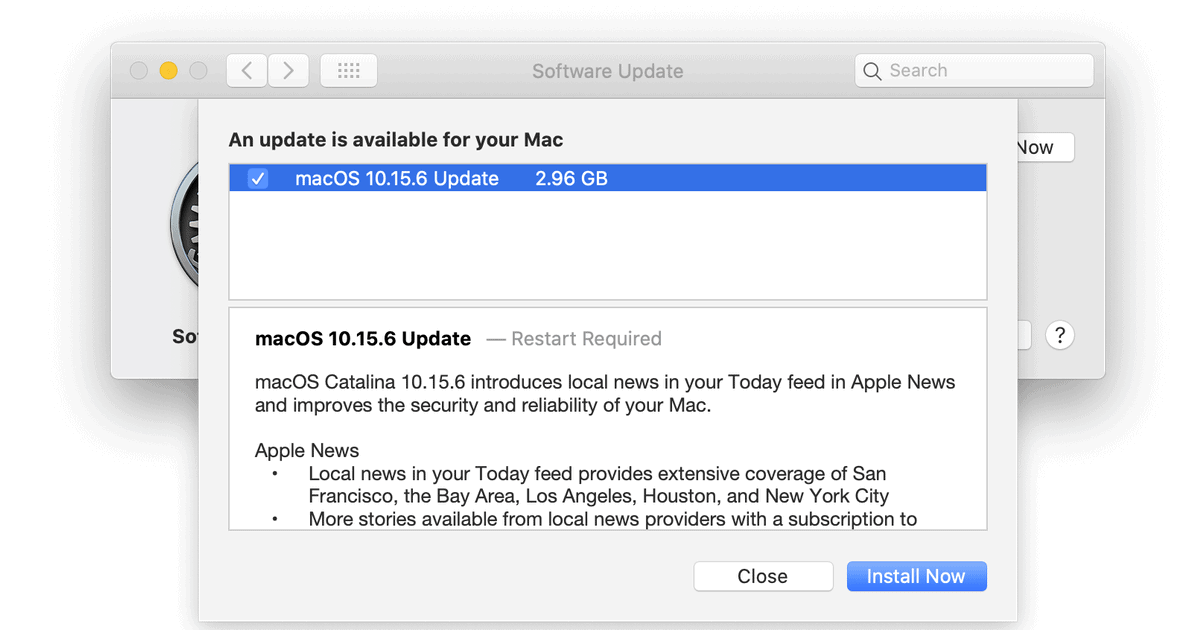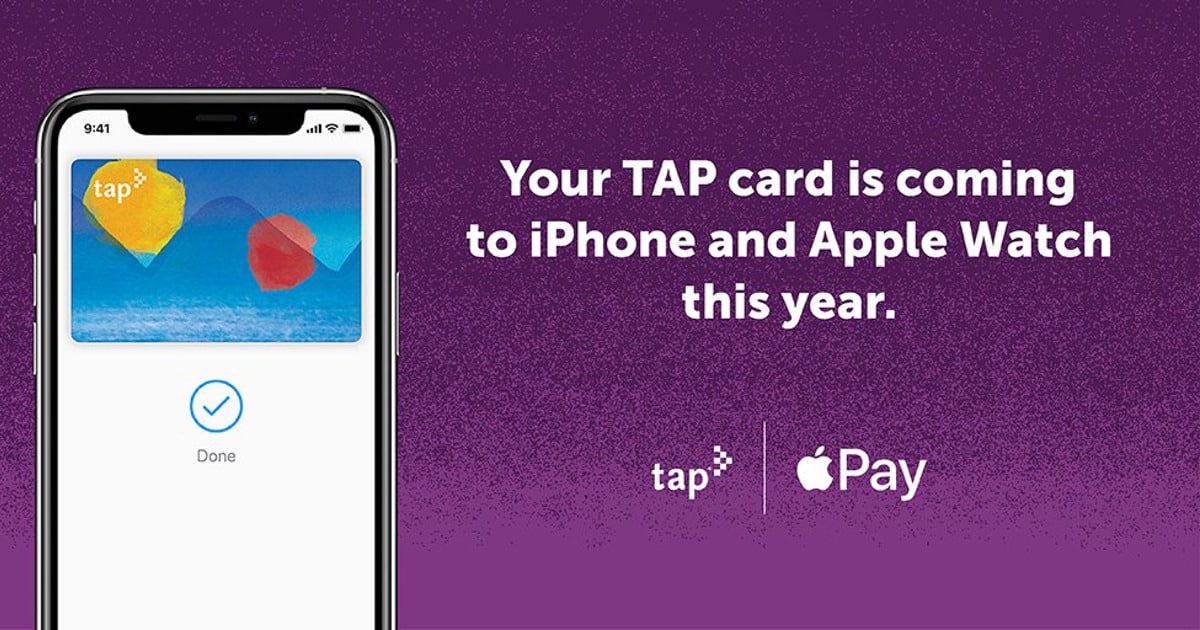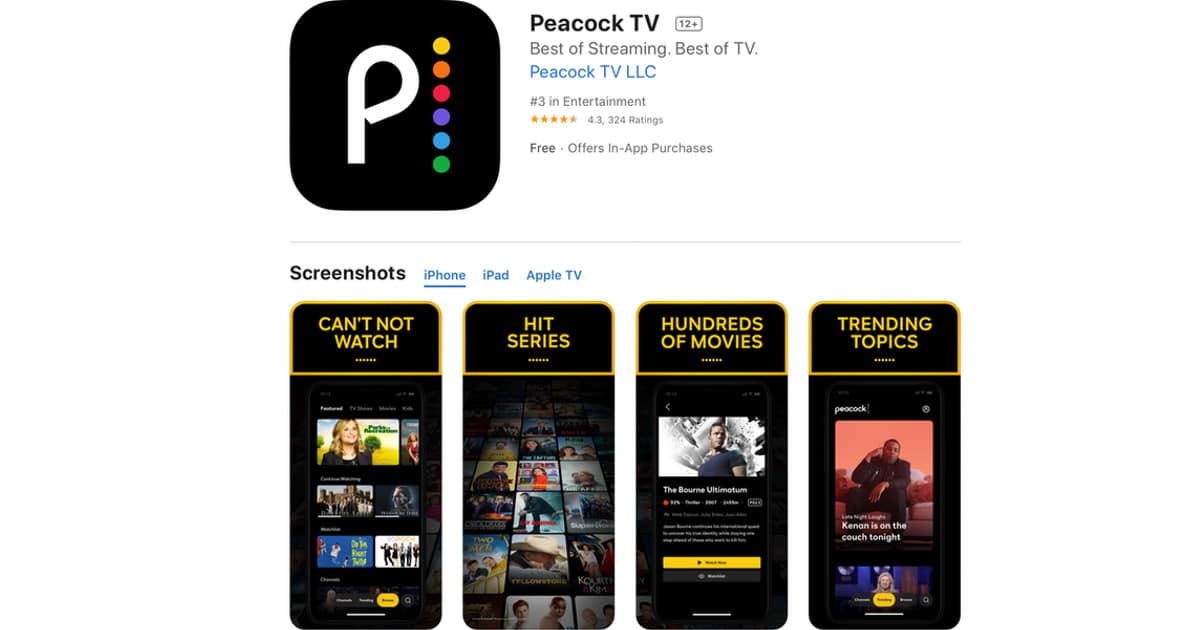Something I like about VSCO is its curation of photos from its community of users. There are categories like summer, monochrome, abstract, and more. Its latest initiative is #BlackJoyMatters, a summon-long series to share photos from Black creatives.
We are kicking off #BlackJoyMatters with a global call to action, urging online communities to create, capture and share their interpretations of Black Joy to social media through posting art, first-person videos and/or photos across every social platform using the hashtag #BlackJoyMatters. Throughout the summer, we will spotlight the submitted imagery and art across our social channels and within the VSCO app.




















